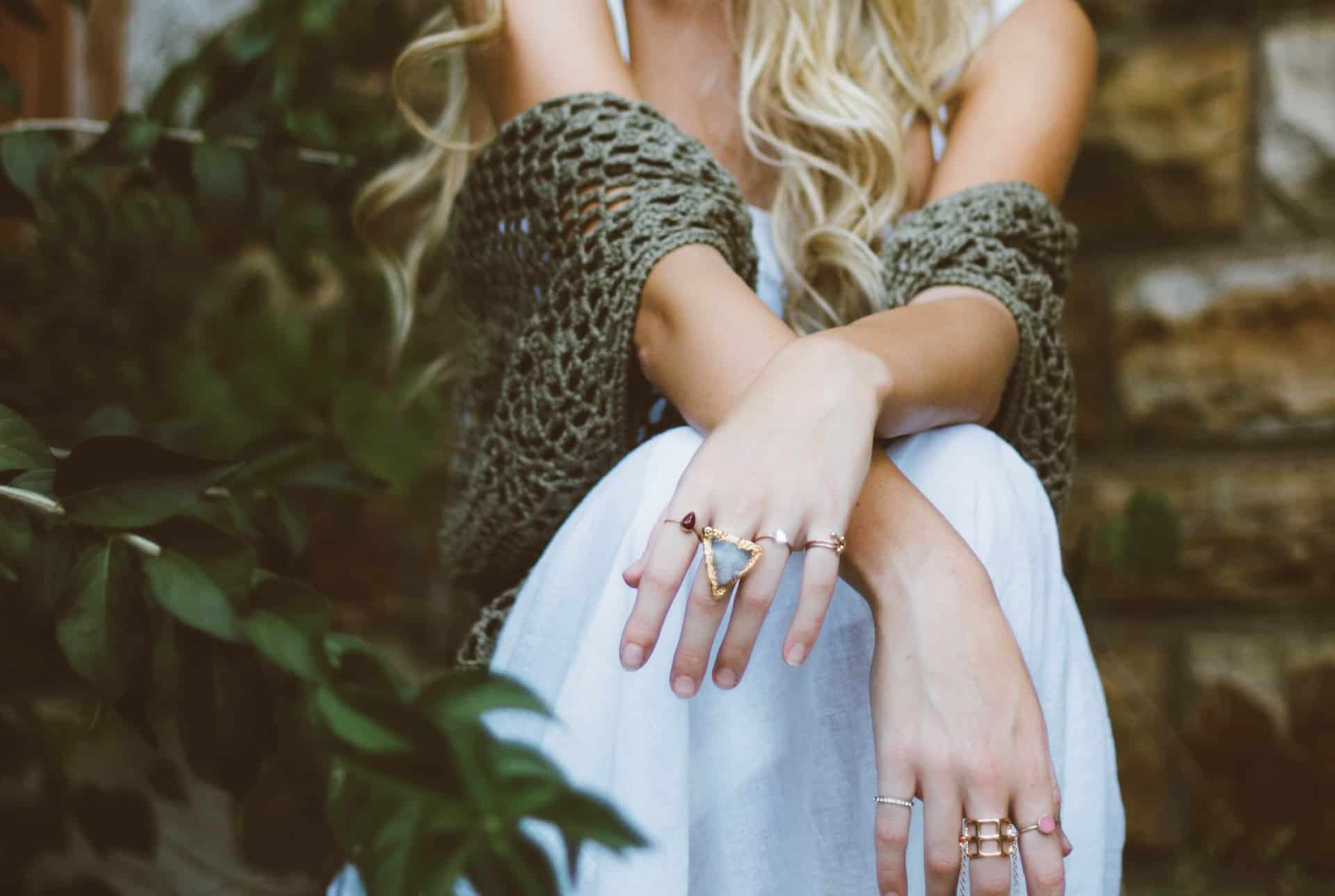The Victorian era, spanning from 1837 to 1901 during the reign of Queen Victoria of England, was a time of immense change and transformation in society, politics, and culture. This period also left an indelible mark on the world of jewelry design, with Victorian jewelry evolving significantly throughout the era. From the romanticism of the early Victorian era to the opulence of the later years, the jewelry of this period reflects the changing tastes, values, and influences of the time.
Early Victorian Era (1837-1860)
The early Victorian era, also known as the Romantic period, was marked by a fascination with nature, sentimentality, and symbolism. Jewelry from this period was deeply influenced by Queen Victoria’s love for her husband, Prince Albert, who passed away in 1861. This period can be characterized by several key features:
Sentimental Motifs: Jewelry of this era often featured sentimental motifs such as hearts, flowers, and birds, symbolizing love and affection. Lockets were popular, containing miniature portraits or locks of hair from loved ones.
Mourning Jewelry: Queen Victoria’s extended period of mourning after Prince Albert’s death led to the popularity of mourning jewelry. Pieces were crafted using black materials like jet, onyx, or enamel, often embellished with tiny seed pearls and sometimes incorporating the deceased’s hair.
Influence of Nature: Jewelry designers drew inspiration from nature, incorporating motifs like leaves, vines, and floral arrangements into their creations. Gemstones like pearls, turquoise, and coral were commonly used.
Yellow Gold: Yellow gold was the predominant metal of choice, and jewelry pieces were often intricately handcrafted with elaborate detail.
Mid-Victorian Era (1860-1885)
The mid-Victorian era, or the Grand Period, saw a shift in jewelry design as Queen Victoria emerged from her mourning period. This era was marked by technological advancements in jewelry production and changing artistic sensibilities:
Gothic and Renaissance Revival: Jewelry designs were influenced by Gothic and Renaissance architectural styles, resulting in intricate pieces with ornate details. Designs often incorporated religious and historical themes.
Gemstone Riches: The discovery of new gemstone deposits, particularly diamonds in South Africa, led to a proliferation of gemstone-rich jewelry. Diamonds became more prominent in Victorian jewelry, adorning pieces like brooches, necklaces, and tiaras.
Lockets and Pendants: Lockets remained popular but with a shift towards brighter, more colorful gemstones. Cameos and intaglios became fashionable, often carved from stones like onyx or agate.
Hairwork: Hairwork jewelry continued to be crafted, with designs becoming more intricate and creative. Hair was woven into complex patterns and often combined with other materials like enamel.
Late Victorian Era (1885-1901)
The late Victorian era, sometimes called the Aesthetic period, was characterized by a departure from the ornate styles of the Grand period. Instead, jewelry designs embraced simplicity, asymmetry, and Japanese aesthetics:
Art Nouveau Influence: The late Victorian era saw the emergence of Art Nouveau influence, characterized by flowing lines, asymmetry, and natural motifs like dragonflies, butterflies, and orchids.
Enamel and Plique-à-jour: Enamel work became prominent, with plique-à-jour enameling allowing light to shine through, creating a stained glass effect. This technique was often used in jewelry.
Demantoid Garnets: A new gemstone discovery, the demantoid garnet, gained popularity during this period. Its vivid green color added a fresh element to jewelry designs.
The evolution of Victorian jewelry reflects the social, cultural, and artistic changes that characterized the era. From the sentimental and nature-inspired pieces of the early Victorian era to the ornate and gemstone-rich designs of the mid-Victorian era, and finally, to the simplicity and innovation of the late Victorian era, each period left a unique imprint on the world of jewelry design.

